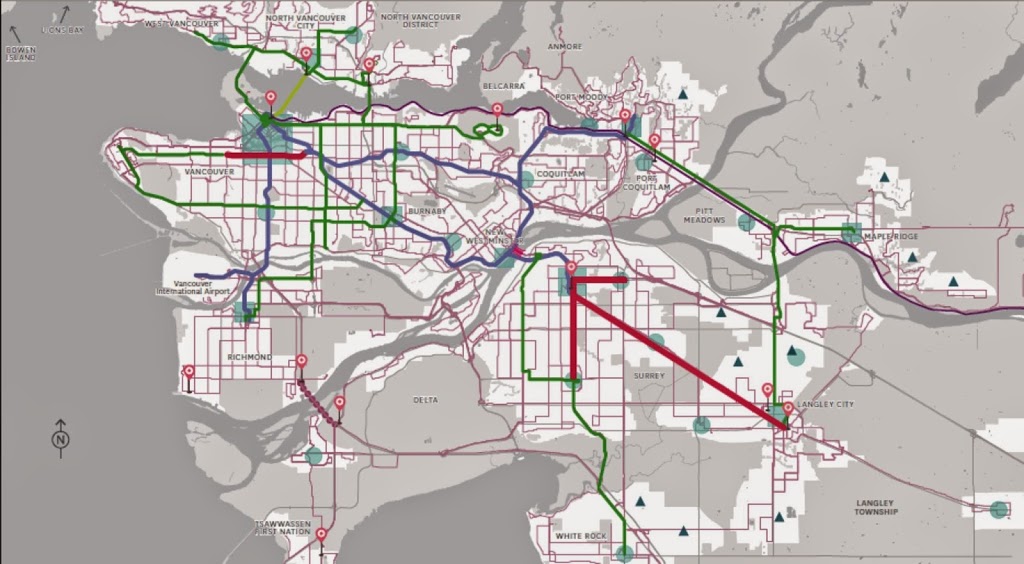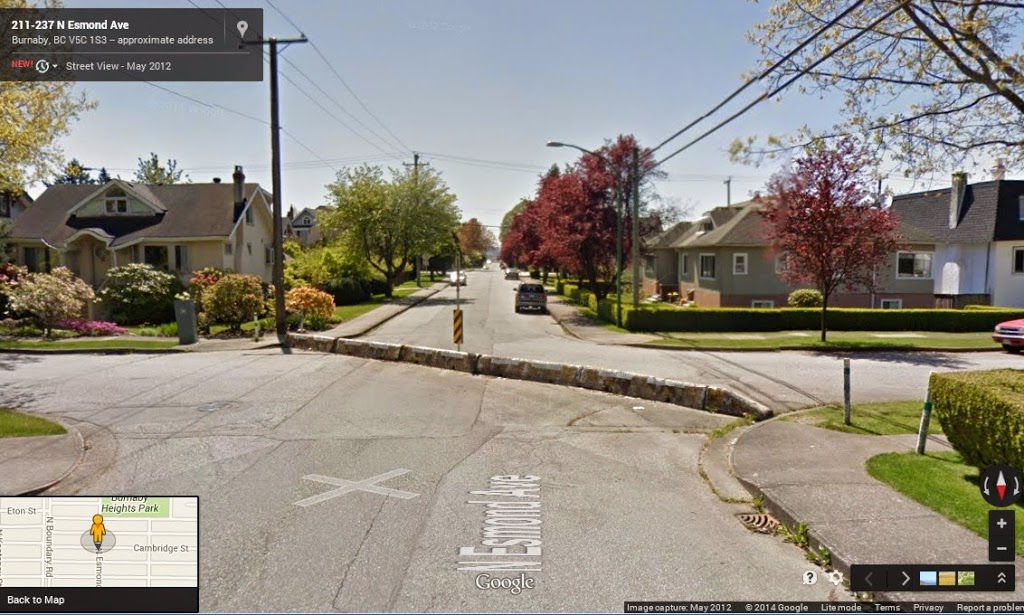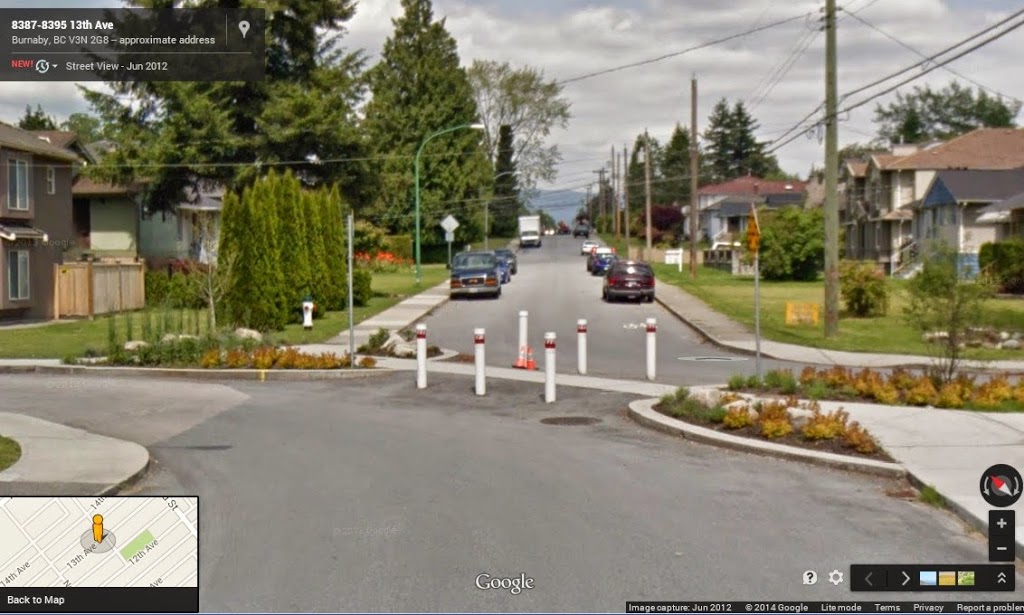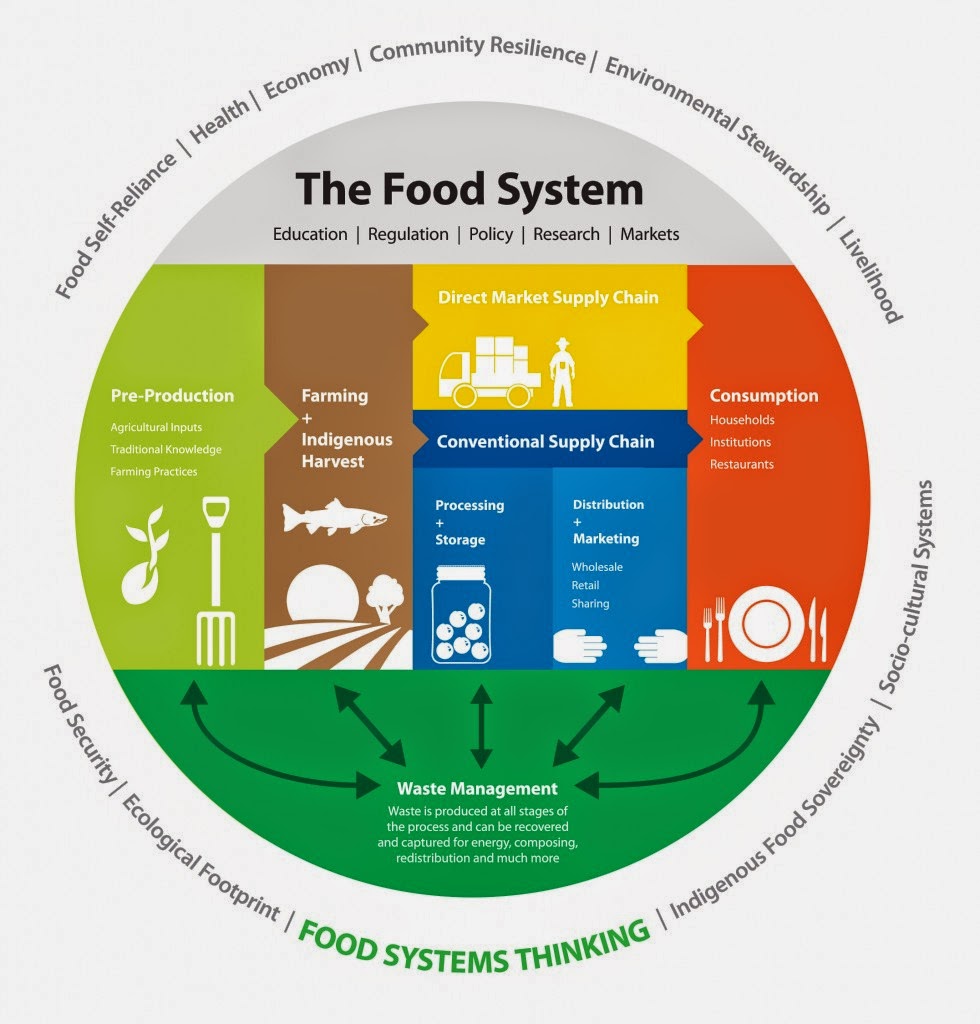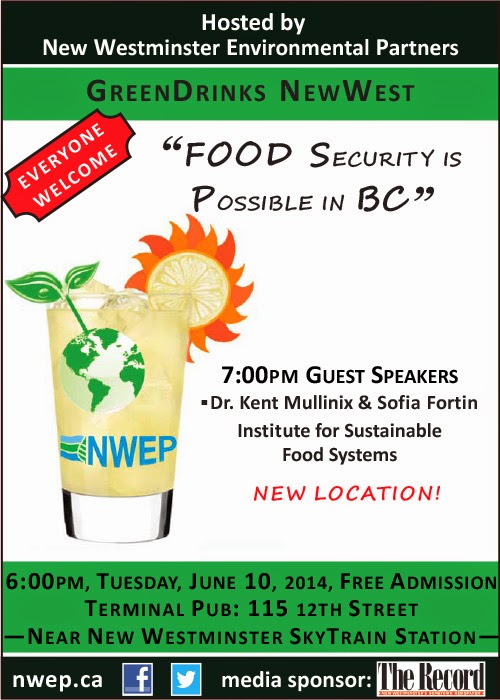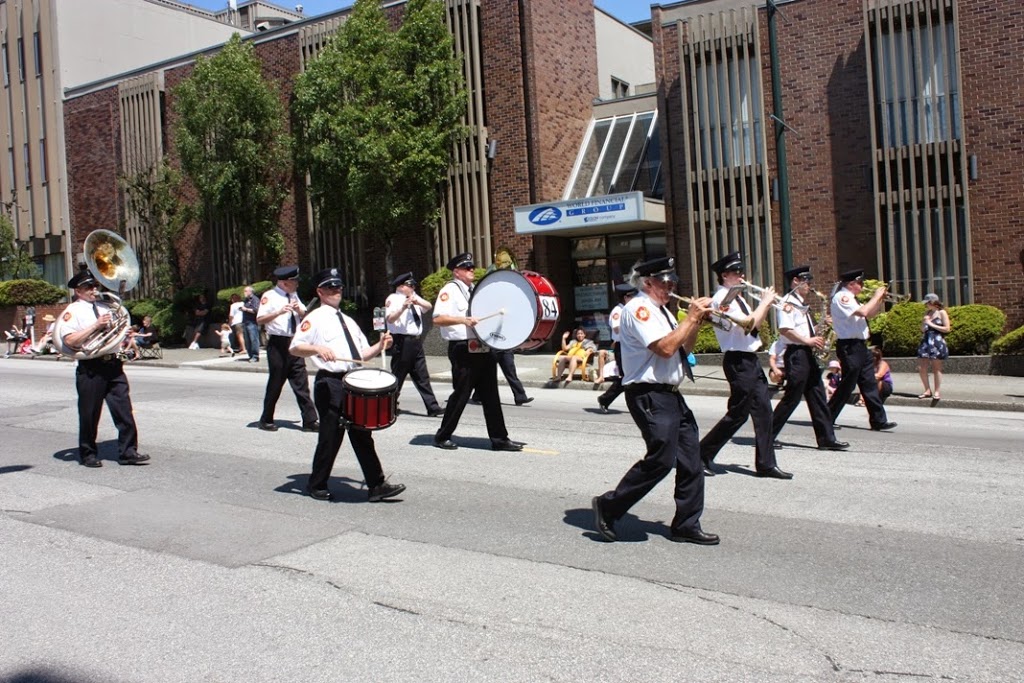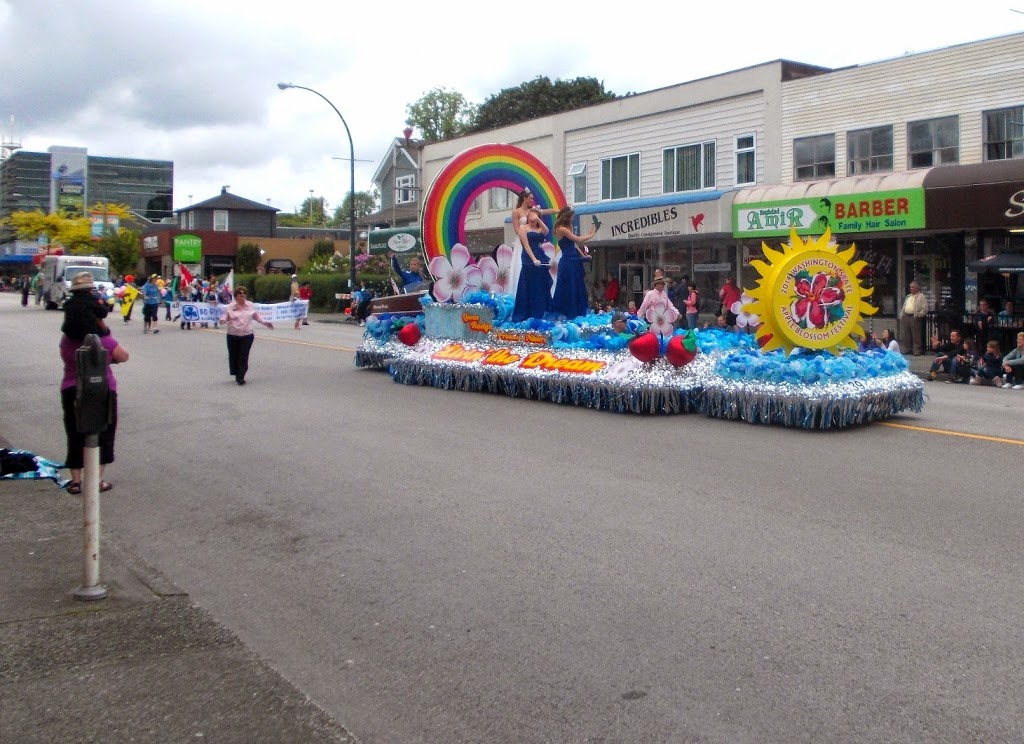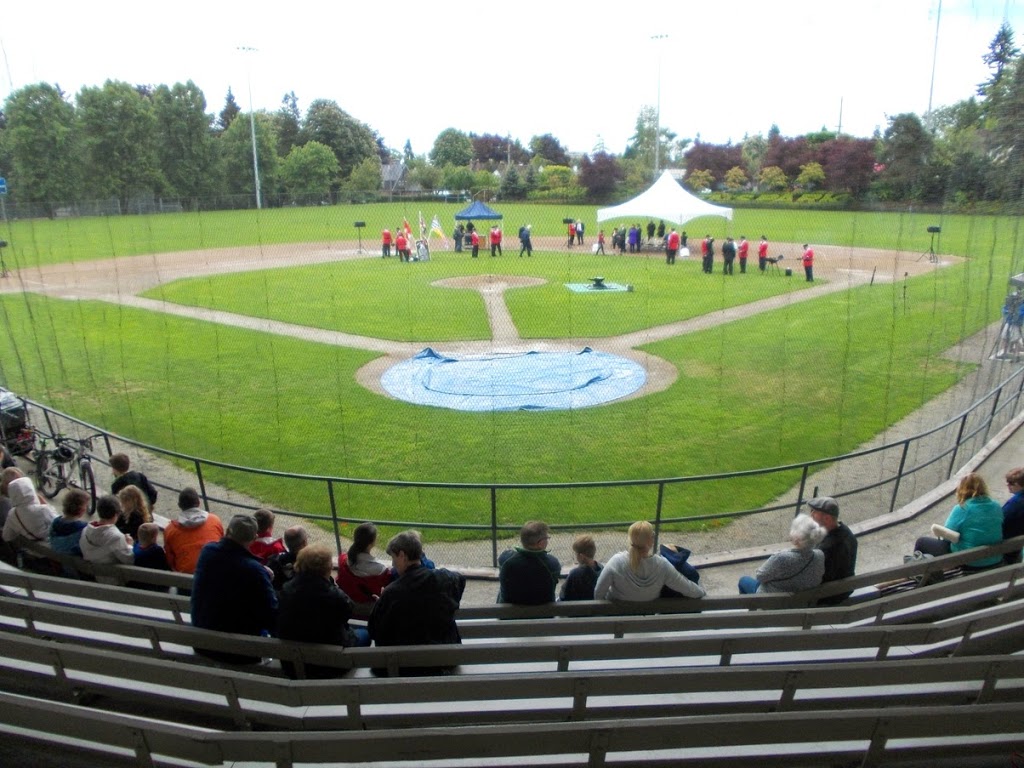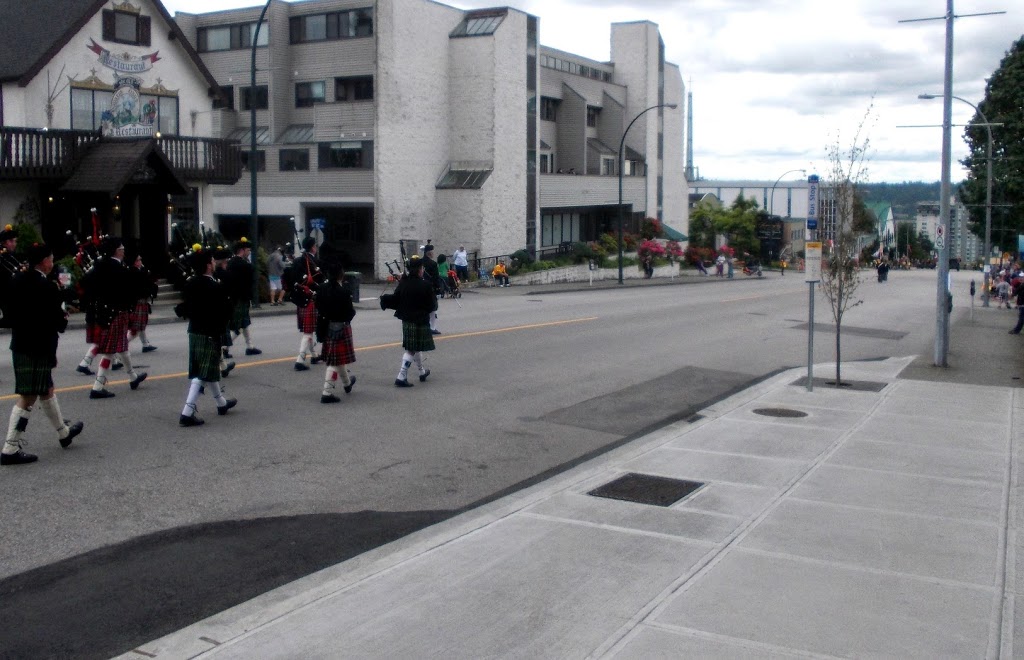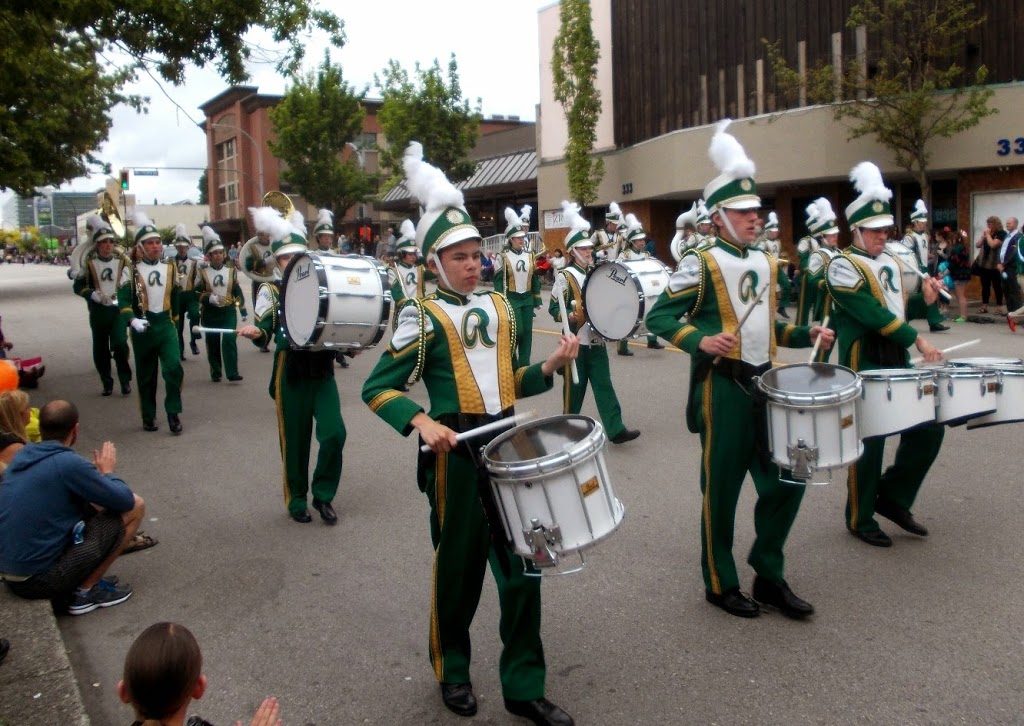I haven’t said much about the Enbridge Northern Gateway Pipeline semi-announcement. Frankly, there have been too many column inches wasted on this story already, as the project is a non-starter. After all is said and done, the millions of dollars wasted by Enbridge and our Federal Government to promote an ecologically and economically indefensible project will be just one of the sad legacies of the Harper years.
So this post isn’t about Enbridge, it is about another monumental failure: this “Editorial” in one of the local Post Media Serious Newspapers of Note (which itself has become the AM Sport Radio of Print Journalism). There is so much wrong in this very short 250 words that it needs to be addressed line-by-line:
“Setting aside, for the moment, the tremendous economic opportunities and wealth creation that resource extraction has always meant to B.C. and this country…”
Point 1: We cannot simply set aside the economic opportunities of the Northern Gateway, or other resource extraction activities in BC, because that is what this entire issue is about. From the start, the people up and down the coast of BC have been critical of this project specifically because of the risk it poses to their economic reality and the threat it poses to the very resources that their economy relies on, while providing almost no offsetting economic benefits to the communities most at risk.
Point 2: By lumping in an oil pipeline in with “resource extraction” is to be disingenuous to the real concerns here. Yes, BC and Canada were built on resource extraction: furs, mines, forests, fish, and energy. But not all resources are the same, and they do not contribute equally. Some are renewable, some are not. Some we extract high value with value-added industries, some we don’t. Some we balance against significant environmental harm, some we do not. By any measure, an oil pipeline transporting diluted bitumen for immediate export through our parks, watersheds, forests, shorelines and seas provides the least extracted value from a non-renewable resource with virtually no value added, few jobs, and a potentially huge environmental impact. When compared to Canada’s largest-value of exports (automobiles and machinery) Oil and all hydrocarbons pale in comparison, both in the GDP contribution to our economy, to the amount of trade dollars, and in the amount of employment income derived by the industries.
 |
| Canada’s exports by sector, a proportion of GDP. Click to enlarge. |
“Resource Extraction” built Canada, but manufacturing and services are our future.
“…when it comes to the Northern Gateway pipeline Canadians had better start asking themselves a very fundamental question: Are we going to be a nation of citizens who respect the rule of law, due process and democratic governance or are we going to descend into anarchy and mob rule?”
Wow. I mean f***ing wow (sorry Mom). The false dichotomy and broad-brush idiocy of this statement is one thing, but it’s the inherent hubris that makes me want to swear. To be lectured by cheerleaders of this project about “due process” and the “rule of law” when the proponents had many of the laws that would have provided said due process stripped away, when the persons employed by the Government to provide the scientific basis for that process have been fired or silenced, when the scientific community comes out with a comprehensive list of the ways the process was not based on scientific review of its own criteria, is, I think, a little offensive to those who believe in democratic governance and science-based policy to be accused of being an anarchist mob.
To suggest that people in a democracy, standing up for injustice, speaking their minds, providing opinion, ideas, and (yes) criticism of the government is akin to “mob rule” or “anarchy” sounds like the hyperbole of a totalitarian state – or just the regular missives of a Petro-State, I suppose.
“The decision by the Harper government Tuesday to approve the pipeline — critical to unleashing vast wealth for Canada by allowing Alberta oil to be delivered safely to world markets — has been met by predictable opposition.”
The parts on the outside of the dashes read like a reasonable comment, and are about the only truthful part of this entire editorial. The part in the middle is just more Petro-State approved gibberish. Because it paints over the reasons the opposition exists. Some suggest this pipeline is not “critical” to the ongoing development of the Bitumen Sands, it only serves to accelerate their development and make the entire operation less sustainable. Some further suggest too much of the “vast wealth” is currently going to multi-national corporations and state-owned oil companies from Norway to Malaysia, and not to the people of Canada who own the resource being rapidly depleted and exported. Mostly, people are concerned that this project will not in fact get the product “safely to markets”, but will spread a little too much of it around valuable natural resource territories, and on lands never ceded by the aboriginal inhabitants.
“In a democracy, this is healthy. But the too-common rhetoric from some quarters of taking direct action against the decision of a democratically elected government is appalling, especially after years of public process into the merits of the project and the imposition of 209 conditions to ensure the environment is as protected as is possible.”
Read that again. A major newspaper is suggesting that the Majority of Canadians who didn’t vote for the Conservatives, or even those who are part of the plurality who voted for someone other than them, you should just shut the hell up and take whatever you are given. You may say the process never demonstrated the merits, and are not assured the conditions are sufficient or will be met, but it is “appalling” that you would question a duly elected government.
“Critics talk of the need for “social licence” for projects like the pipeline, a new term created by people who can’t win elections, but think they have some right to run the country. They don’t.”
Since I am one of the majority who did not Vote for Harper’s band of thieves, perhaps I should defer to their greatest shadow-organizers, the Fraser Institute on the topic of “Social License”. You see, according to the oft-quoted free-market “dink-tank”, that term was not a term “created by people who can’t win elections”, it was invented by a successful Canadian Mining Executive, and it is described very well in this Fraser Institute article under their ”MiningFacts.org.” astroturf organization:
Allow me to quote extensively: “[social license to operate (SLO)]…is an essential part of operating within democratic jurisdictions, as without sufficient popular support it is unlikely that agencies from elected governments will willingly grant operational permits or licenses. The SLO can be revoked and it should never be taken for granted. The Social License to Operate refers to the acceptance within local communities of both mining companies and their projects. Social acceptance is granted by all stakeholders that are or can be affected by mining projects (e.g. local communities, indigenous people) and other groups of interests (e.g. local governments, NGOs). The SLO does not refer to a formal agreement or document but to the real or current credibility, reliability, and acceptance of mining companies and projects. The SLO is granted by stakeholders based on the credibility of a mining company and the type of relationship that companies develop with the communities. Stakeholders tend to grant an SLO when they feel that their values and those of the company are aligned.”
Typical Fraser Institute radical lefties. I wonder how Enbridge is doing on that Social Licence thing?
“Opponents will take heart from the demonstration in Vancouver that occurred Tuesday or from petitions with several thousand names criticizing the pipeline’s approval. But they need to remember that most British Columbians who support projects like the pipeline aren’t generally available mid-afternoon to express it. They’re working, but they do vote.”
What a load of bullshit. The Province was there, and should know that protest was held, and reached it peak, on a Friday evening – the largest numbers appeared well after the close of business Friday – and I know several people who went down there AFTER WORK to assure their voices were heard. And these people vote. And the unemployed and underemployed vote.
The best part of about that protest was the numbers that showed up after work on a Friday of a sunny weekend on very short notice – there were more people at that protest than there are jobs promised the people of BC for the entire Northern Gateway Project. To me, that is a sign of a healthy democracy, and the Province’s Editorial board is a demonstration of a failure of journalism in that democracy. Not because I disagree with them, and not just because of the specific problems above, but because of what their approach is to the entire topic, in light of the role of journalism in a functioning democracy.
What does it mean when the “Fourth Estate”- they who are meant to hold Government and Corporate feet to the fire and assure that oversight was provided outside of government in the service of the people – read too much from the government play sheet? Read this opinion piece above, and ask yourself who is being protected, and from whom? Here we have the media telling people who do not agree with the current federal government and the few corporate interests that are proposing this project not that they are wrong; not that they are factually incorrect; not that their concerns are misplaced; but to SHUT UP, YOU LOSERS!
Of course, we can’t be sure it is their editorial position at all. Considering the history of PostMedia newspapers selling advertising space to Enbridge proponents while making them look like editorials.
I used to think the dead-tree large corporate media were no longer relevant to our democracy, now I am starting to suspect they are actively trying to undermine it.


